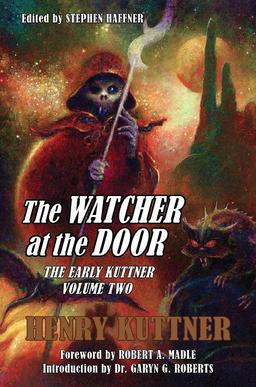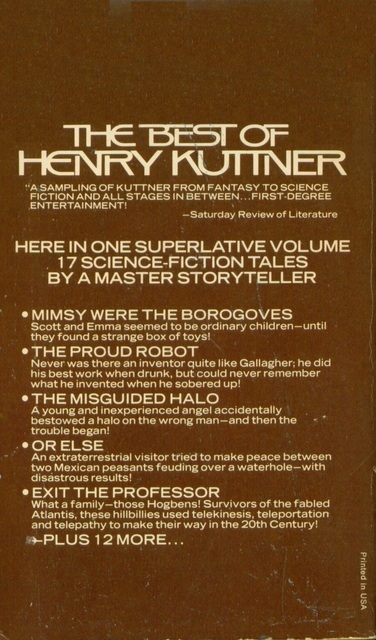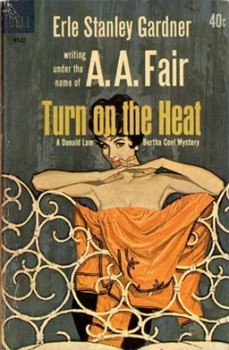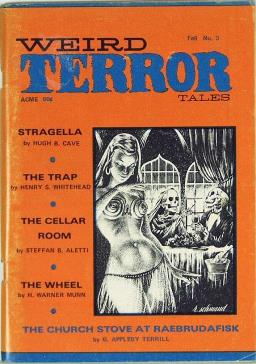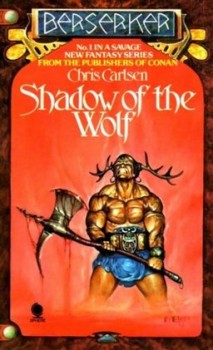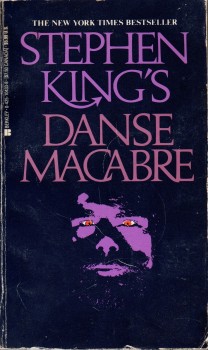Edgar Rice Burroughs’s Pellucidar Saga: At the Earth’s Core
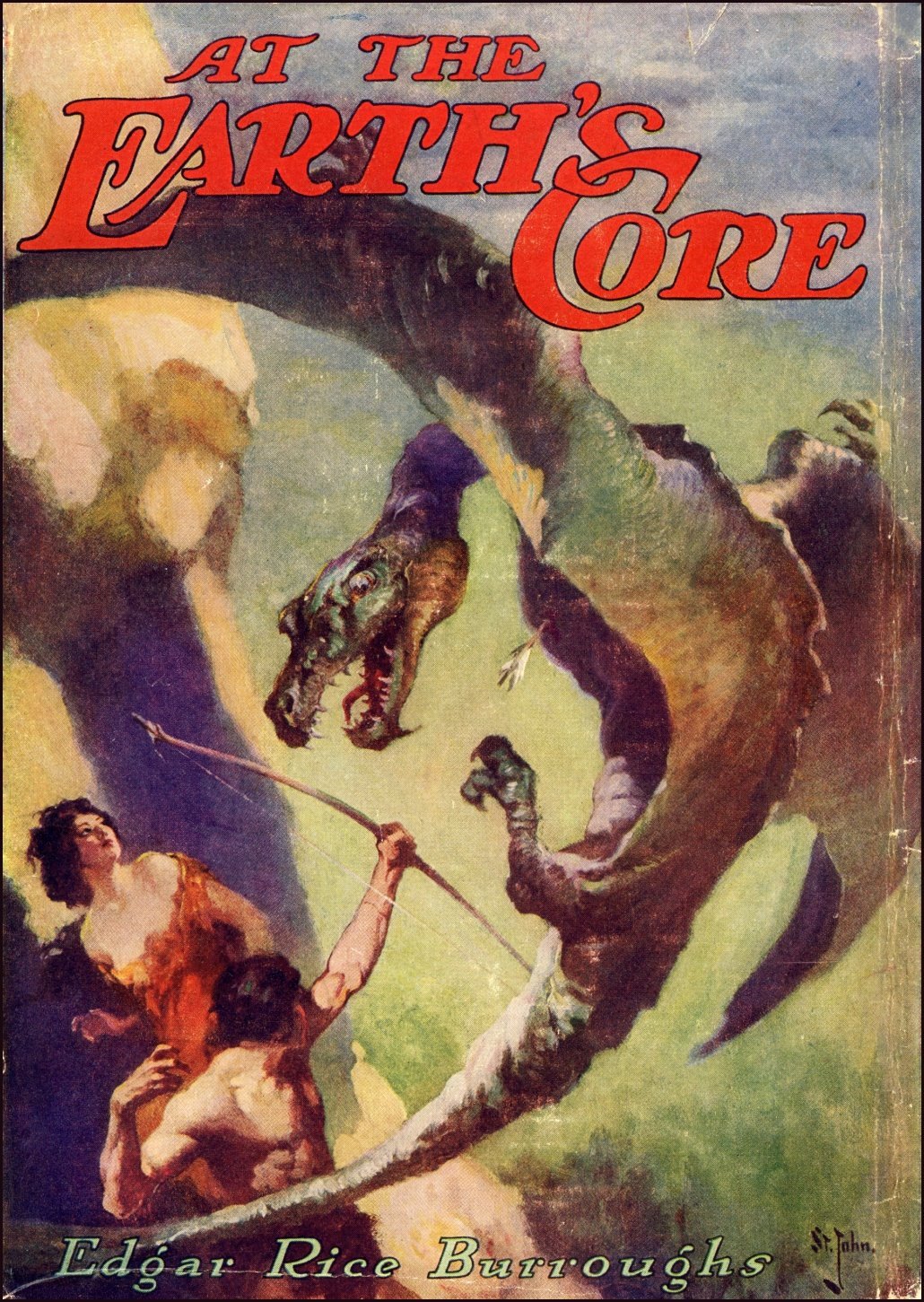 Once upon a time, I shouldered the enjoyable burden of analyzing all of Edgar Rice Burroughs’s Venus (Amtor) novels. Then, to celebrate the hundredth anniversary of the publication of A Princess of Mars, I took on the same task for the Mars (Barsoom) novels. It was inevitable that I would one day bring the same survey methods to the Pellucidar novels at the center of the earth. (Sorry, a Tarzan series just won’t happen. There are far too many Tarzan novels for the sanity of even the most hardcore ERB fan to take in concentrated doses.)
Once upon a time, I shouldered the enjoyable burden of analyzing all of Edgar Rice Burroughs’s Venus (Amtor) novels. Then, to celebrate the hundredth anniversary of the publication of A Princess of Mars, I took on the same task for the Mars (Barsoom) novels. It was inevitable that I would one day bring the same survey methods to the Pellucidar novels at the center of the earth. (Sorry, a Tarzan series just won’t happen. There are far too many Tarzan novels for the sanity of even the most hardcore ERB fan to take in concentrated doses.)
Our Saga: Beneath our feet lies a realm beyond the most vivid daydreams of the fantastic… Pellucidar. A subterranean world formed along the concave curve inside the earth’s crust, surrounding an eternally stationary sun that eliminates the concept of time. A land of savage humanoids, fierce beasts, and reptilian overlords, Pellucidar is the weird stage for adventurers from the topside layer — including a certain Lord Greystoke. The series consists of six novels, one which crosses over with the Tarzan series, plus a volume of linked novellas, published between 1914 and 1963.
Today’s Installment: At the Earth’s Core (1914)
The Backstory
Subterranean realms of the fantastic have a history reaching back to antiquity. But it was the nineteenth-century speculative theories of Captain John Cleves Symmes about the hollow earth that ignited a wave of fictional explorations of What Lies Within: “I declare the earth is hollow, and habitable within; containing a number of solid concentrick [sic] spheres.”
